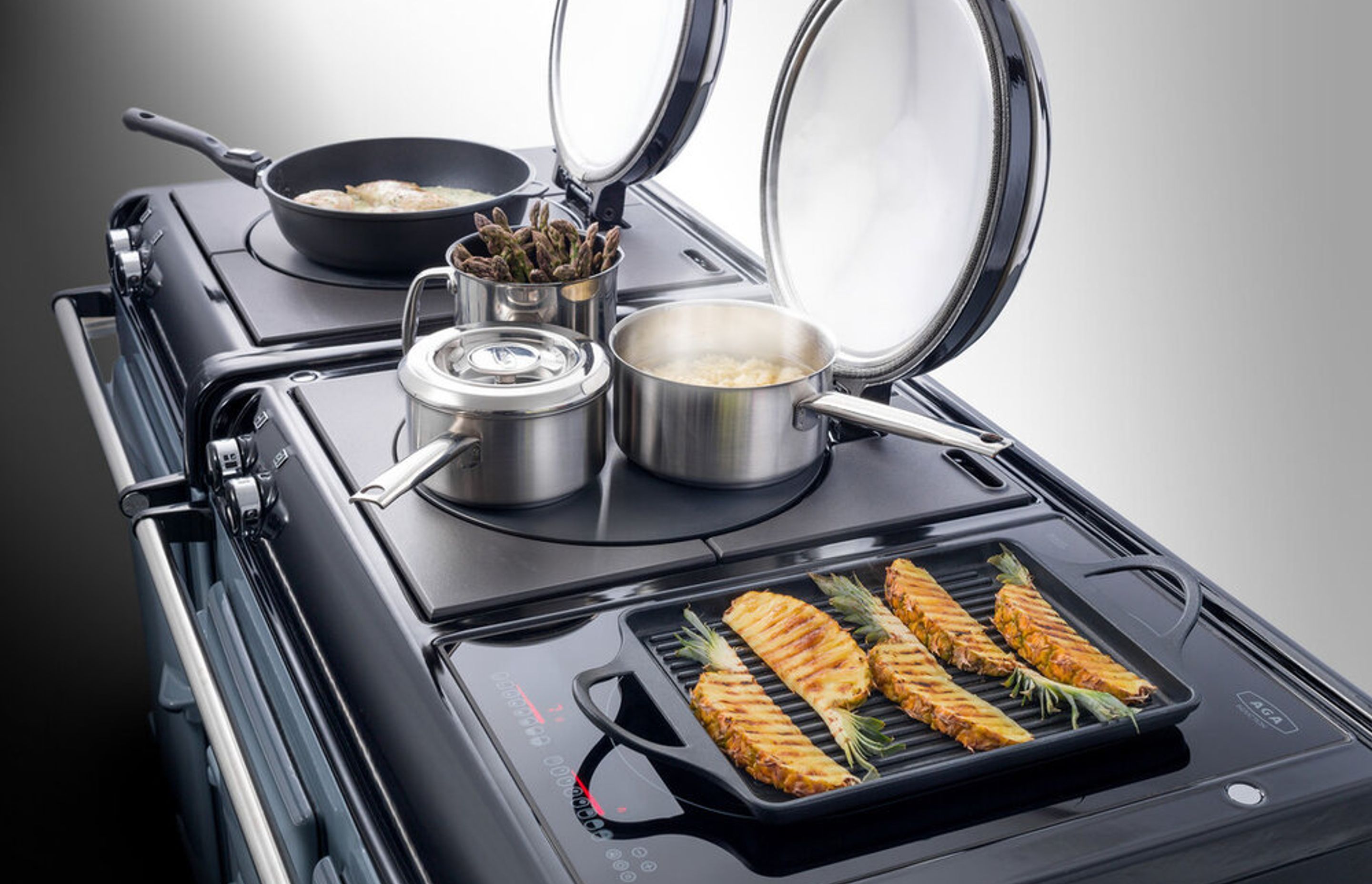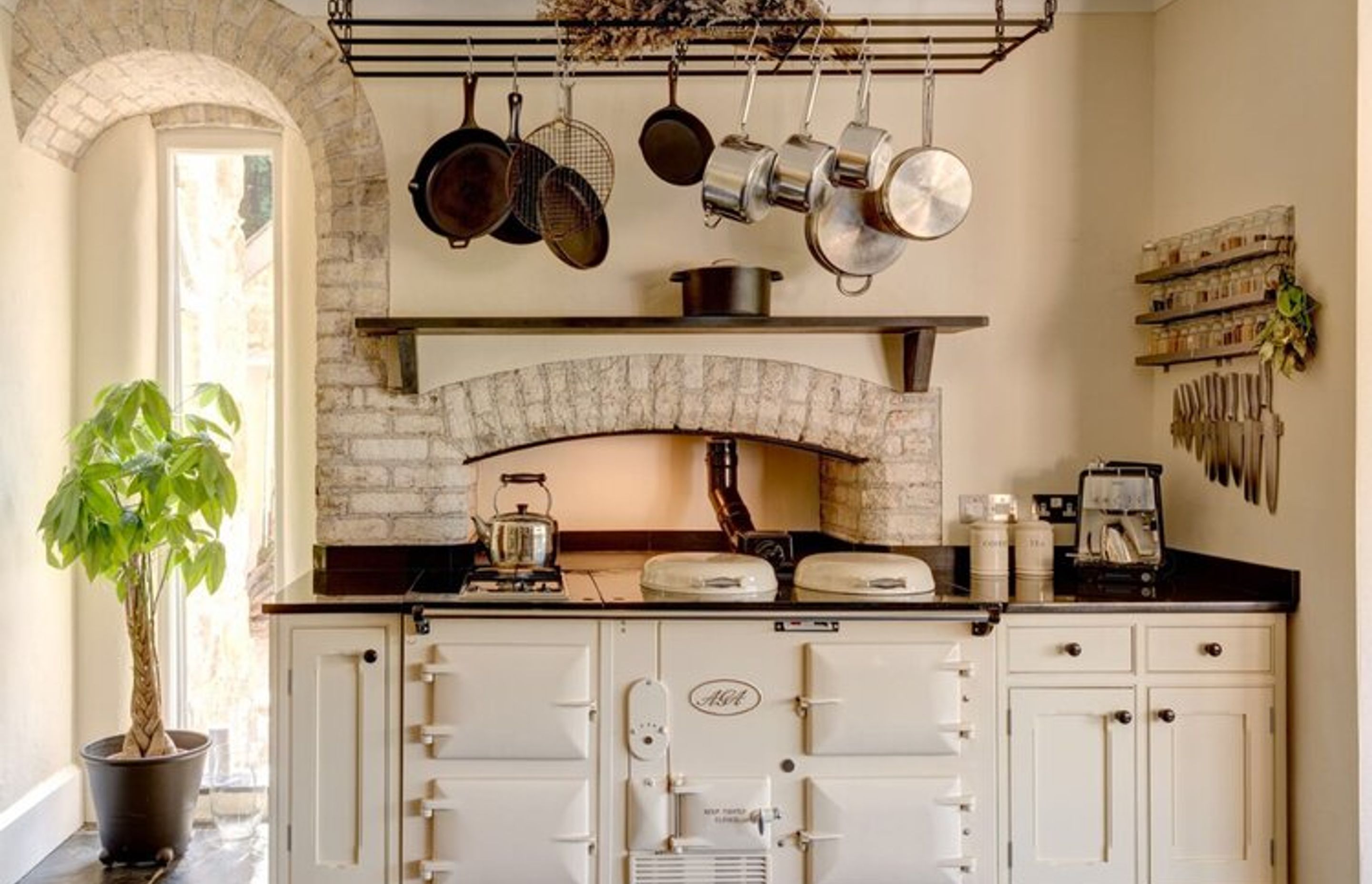You’ll Only Fall In Love With A Cooker Once


A Foodies’ Dream
AGA cookers are for food lovers and real cooks and keen bakers and anyone who cares about meals that provide comfort, great taste and good nutrition. They are for people who believe in the simple and sustainable pleasures of locally sourced, natural ingredients and they are for the gourmets who think nothing of spending their weekend creating feasts to be savoured by family and friends.
The results speak for themselves, with scientists proving that food prepared in an AGA cooker looks, tastes and smells more appealing. It’s simply better than food cooked in a conventional appliance because it benefits from indirect radiant heat, not convection cooking, they say. “Cooking with an AGA cast iron range cooker is a simpler, more forgiving process than a conventional oven, where there can be a lot more variability in temperature,” explains Dr Wayne Martindale, Associate Professor of Food Insights and Sustainability at the University of Lincoln in the United Kingdom. “In essence, the AGA is a more predictable oven and that’s great for the eventual results.” Even opening the door on an AGA cooker doesn’t affect temperature to much degree and won’t spoil your baking.
Researchers also found that AGA cookers tend to cook food right through evenly and that these time-tested appliances make it easier to brown cakes and produce mouth-watering, crusty bread.
Add its superior performance to its green
credentials, and an AGA cooker is a pretty
impressive addition to any home.

A Style Statement
Installing an AGA cooker in any kitchen space elevates not only the look of the room but adds value to a home or a renovation.
From the stunning vitreous enamel finish to its nostalgic lines, an AGA cooker teams iconic good looks with a proud British heritage.
The manufacturing process has evolved over nearly a century, after the first AGA cooker was invented by Nobel Prize-winning physicist Dr Gustav Dalen.
Molten iron is poured into moulds and every cast is hand-dressed, then heat treated to 800 degrees Celsius and shot-blasted clean.
To finish, each AGA cooker is coated in a gleaming vitreous enamel finish.
What has also evolved, in line with AGA’s increasing desirability, is the choice of cooker colours.
Now style makers and cake bakers can choose from 16 beautiful shades, from Dark Blue to Pewter to Cream, with the choice of matching cast iron lids.
It is differences like these that set the AGA apart from the uniformity of mass-produced cookers and places it in a class of its own.
It’s no surprise, then, that AGA cookers are the choice of many interior designers and home renovators.

A Lifelong Investment
As we move away from mass-produced items towards those that are handcrafted and sustainable, AGA cookers are the brand of choice for those who want to create a more authentic way of living. They are an antidote to our throwaway culture, where a recently bought appliance or gadget needs to, again, be thrown away or traded in.
Around the world, thousands of AGA cookers are still working perfectly after 50 years of sterling service. AGA cookers also contribute to the circular economy in other significant ways. They are handcrafted with 70 per cent reclaimed iron and recycled materials, including car gearboxes, old machinery, lampposts and even door fittings.
They replace the need for electric toasters and kettles, and their radiant heat warms the heart of the home. The ovens and hotplates of modern AGA cookers can also be
switched on and off, as required, meaning
energy is not used unnecessarily by these
kitchen powerhouses.

A Place To Come Together
An AGA cooker will always be at the heart of every owner’s home, offering warmth, reliability and hospitality, no matter what is happening in the world around us.
It is a place to gather with family and friends, and to share a sense of togetherness, as well as to create a delicious casserole, feather-light crepes, a shepherd’s pie, or a sinfully good crème caramel.
In fact, AGA owners adore their cookers and find it difficult to imagine life without them.
There is no other household appliance that generates this kind of emotion or loyalty.
AGA is more than just a cooker. It’s a way of life.
